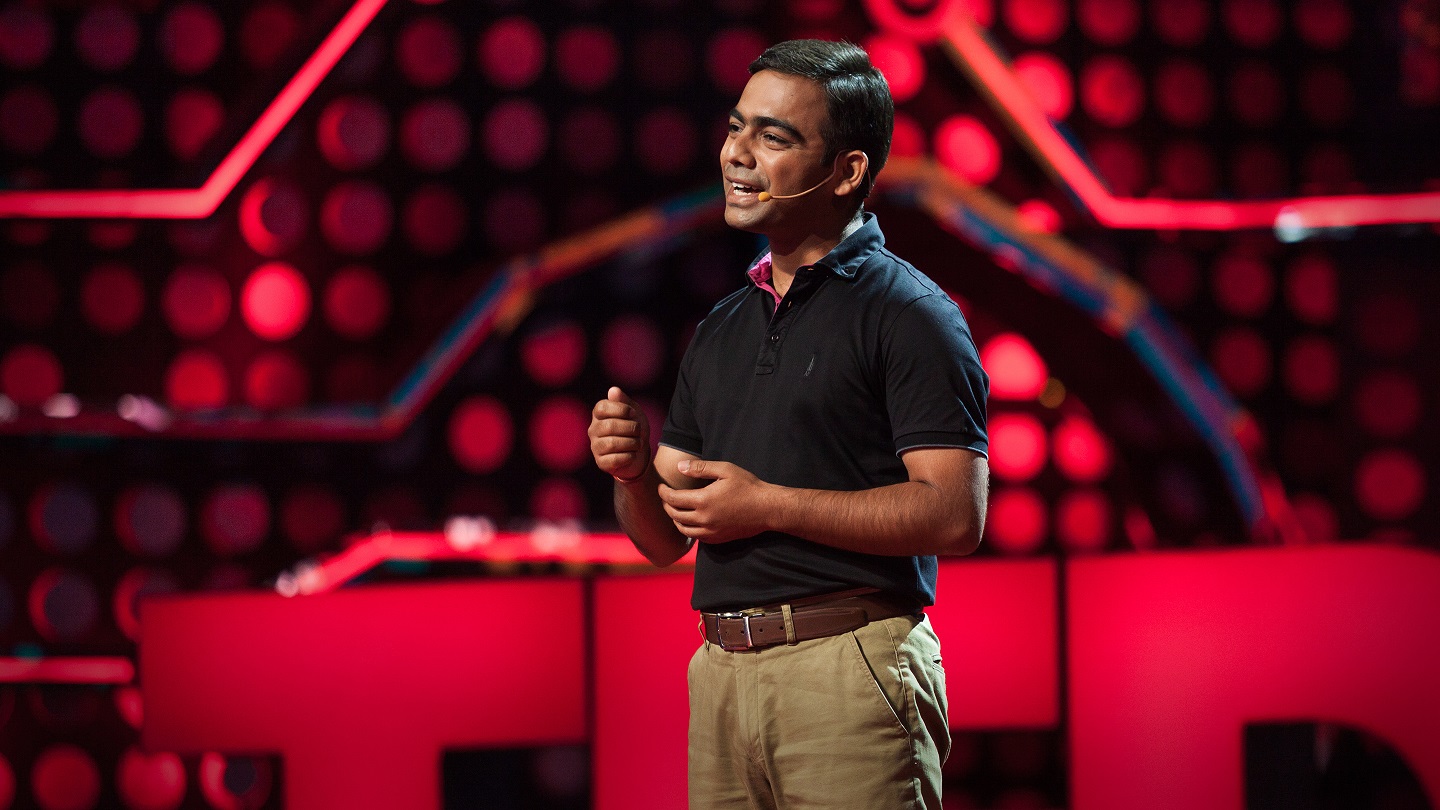http://viningsnaturalhealthcentre.co.uk/tag/complementary-therapies/page/11/ Why Do We Need To Adapt Sustainable Living And Self Sustainable Practices On Forest?
United Nations Food and Agriculture Organization (FAO) states that an estimated 18 million acres of forest are lost each year to deforestation, making it one of the biggest causes of concern responsible for the rapidly depleting natural resources. In other words, the rate of deforestation equals to loss of 20 football fields every minute.
With 70% of the world’s plants and animals losing their habitats to deforestation, Extinction of species of flora and fauna is one of the many side effects including water cycle since Trees absorb groundwater and release the same into the atmosphere during transpiration. When deforestation happens, the climate automatically changes to a drier one and also affects the water table. Soil Erosion is yet another drastic effect of Deforestation, with the soil washing or blowing away with no anchor to hold on to. In fact, the WWF states, that scientists estimate that a third of world’s arable land has been lost to deforestation since the 1960s. To add to that, Loss of forests contributes between 12-17% of annual global greenhouse gas emissions.
Haiti with much less forest cover than the Dominican Republic has endured more extreme soil erosions, flooding and landslide issues and is a strong example of what deforestation leads to. With matters turning so severe, adapting Green Living is the sole way of lifestyle one can choose to balance the human development goals and sustaining the depleting natural resources.
In a major crisis of a situation like this, Sustainable living has now become a desperate plea to prevent the already depleting sources from getting exhaustible with the goal being to find a fine balance between Human development goals and the sustaining the ability of natural resources and ecosystem services which the economy and society depend on.
Besides providing for the livelihood of almost 1.6 billion people across the globe, Forests hold more than 210 Gigatonnes of carbon and absorbing nearly 40% of the fossil fuel combustions caused by us humans, therefore making it extremely evident as to why we need forests and why we need to start conserving them!
The most precise way of conserving forests is by adapting self-sustaining practices for the forests making Sustainable forestry the ideal source of finding the balance and making sure to save and further produce natural resources for the future generations.
http://czechinthekitchen.com/2013/02/20/homemade-pretzels/ Who Is Shubhendu Sharma And How Does He Contribute To It?
Shubhendu Sharma an industrial engineer turned Socio-Eco Entrepreneur who started off with growing a forest in his backyard to 111 forests in over 9 countries using the miyawaki technology in a mere span of 8 years. Shubhendu founded his company Afforestt, a service provider for creating natural, wild, maintenance free, a native forest which aims at providing the best solutions at the lowest possible cost.
Started in January 2011, Afforestt is a for-profit social enterprise working on and off-site, on a mission to bring back our native forests and has initiated planting of over 4 lakh trees till date. Afforest is developing it’s pilot online portal through which they aim at consulting, and helping people grow forests with their virtual help.
The Miyawaki Technique
Shubhendu came across the Miyawaki technique when he met Akira Miyawaki who had come to grow a forest in his office. Fascinated, he volunteered with him and learned this technique which is climate and soil indifferent and is, therefore, a very practical way of growing Self-Sustaining forests.
The Miyawaki method of Aforestation, started by Akira Miyawaki, a Japanese botanist and expert in plant ecology, specializing in seeds and the study of natural forests, involves the planting a number of different types of trees close together in a small pit. By closely planting many random trees close together in a small area enriches the green cover and reinforces the richness of the land. This will lead to co-existence of plants and as a matter of fact, each plant draws from the other vital nutrients and they grow to become strong and healthy.
Impact And Viability
The forests created by this technique “cost the same as an iPhone does”, compared to a conventional plantation, grow 10 times faster, they’re 30 times more dense, and 100 times more biodiverse.
A TedX speaker, Shubhendu Sharma’s initiative has garnered global attention and featured in the likes of prestigious podiums such as BBC News, The Hindu, Scoopwoop to name a few.
Their vision is to bring back entire lost forests by sharing their knowledge with their clients in a way that they can continue to make forests on their own. Afforestt is a vehicle for offering afforestation methodology to people, but it’s the people who implement it who will make forestation scalable.
Conclusion
The Miyawaki technique used by Shubhendu Sharma is a significant rise in moving towards a sustainable life, thus focusing on human development goals without compromising on the ecological benefits, making it an initiative which will benefit the humans and environment with its greater scalability. Also being cost-effective makes it easier to implement it at the remotest of areas.
You May Like
Why Indians Put Cow Dung On The Walls Of Their Home?
8 Green Office Buildings That Are Protecting Our Planet
7 Classic Examples Of Buddhist Architecture In India
Curated by a building expert from Wienerberger India









